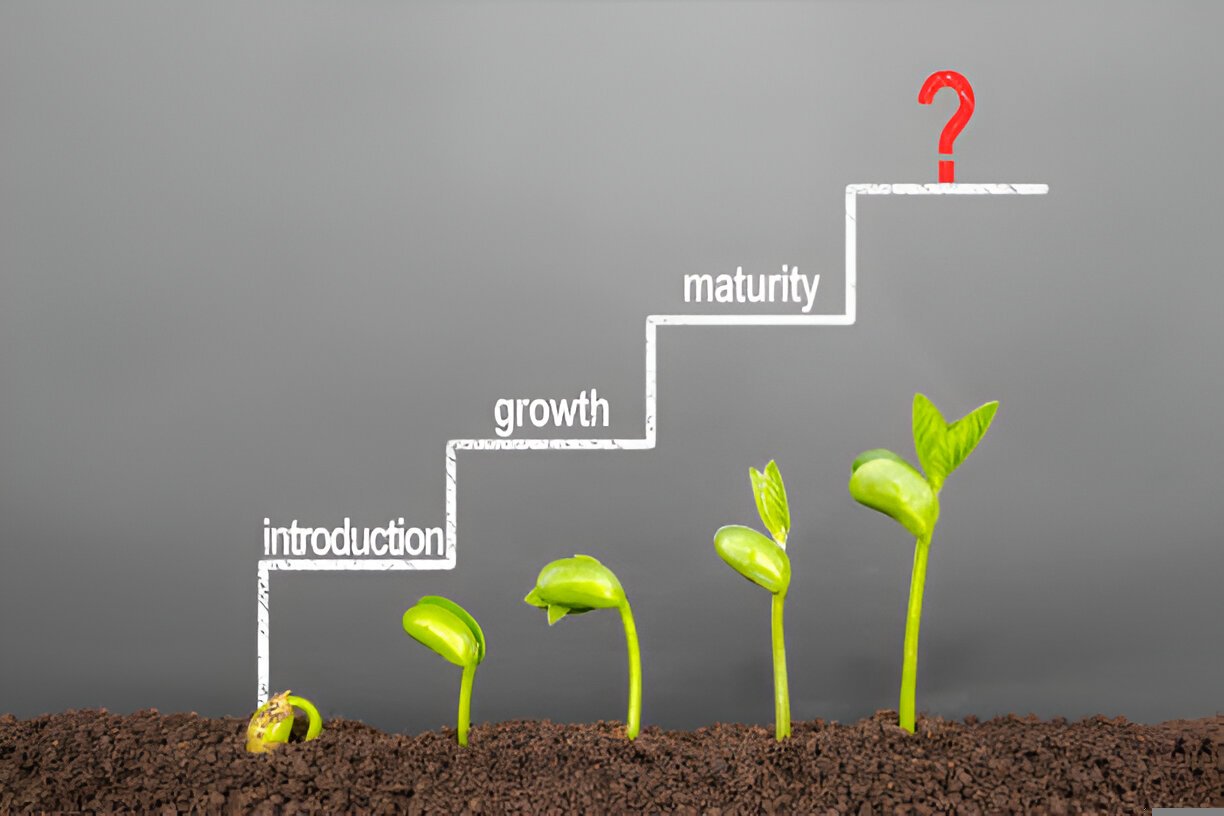The Maturity Stage is a significant phase in the lifecycle of a product or service where it experiences stable growth but at a slower rate compared to the earlier stages. This guide will delve into what the Maturity Stage entails, its characteristics, strategies for managing products in this stage, and provide real-world examples to illustrate its application in various industries.
Table of Contents
What is the Maturity Stage?
The Maturity Stage is the third phase in the product lifecycle, following the Introduction and Growth Stages. During this stage, the product experiences steady sales growth, but the rate of growth begins to slow down as it reaches market saturation. Competitors may have entered the market, leading to increased competition, and pricing pressures may arise as companies vie for market share.
Characteristics of the Maturity Stage
- Stable Sales Growth: While sales continue to increase, the rate of growth is slower compared to the Growth Stage, as the product reaches a wider audience and market saturation sets in.
- Intense Competition: With multiple competitors in the market, competition becomes fierce, leading to pricing pressures and the need for differentiation to maintain market share.
- Product Diversification: Companies may introduce variations of the product or offer additional features to cater to different customer segments and sustain interest in the product.
- Focus on Cost Efficiency: Companies focus on optimizing production processes, reducing costs, and improving efficiency to maintain profitability in the face of competitive pressures.
- Marketing Emphasis on Brand Loyalty: Marketing efforts shift towards retaining existing customers through loyalty programs, promotions, and enhancing brand reputation to differentiate from competitors.
Strategies for Managing the Maturity Stage
- Product Differentiation: Companies differentiate their products through branding, product features, quality improvements, and customer service to maintain a competitive edge.
- Market Segmentation: Identifying and targeting niche markets or segments allows companies to focus their resources on specific customer needs and preferences, maximizing sales opportunities.
- Price Adjustments: Implementing competitive pricing strategies such as discounts, bundling, or price matching to maintain market share while ensuring profitability.
- Promotional Activities: Promotional campaigns focus on reinforcing brand loyalty, emphasizing product benefits, and highlighting unique selling points to retain existing customers and attract new ones.
- Distribution Channel Optimization: Streamlining distribution channels and expanding into new markets or distribution channels can help reach untapped customer segments and drive sales growth.
Example of the Maturity Stage
Scenario: XYZ Electronics has launched a new smartphone that initially experienced rapid sales growth during the Introduction and Growth Stages. However, sales growth has begun to stabilize, indicating entry into the Maturity Stage.
Application:
- XYZ Electronics introduces new features and enhancements to the smartphone, such as improved camera quality and longer battery life, to differentiate it from competitors’ offerings.
- The company implements promotional campaigns offering discounts on accessories or free software upgrades to incentivize customers to purchase their product over competitors.
Impact:
- By effectively managing the Maturity Stage, XYZ Electronics sustains sales growth, retains market share, and maintains profitability despite increasing competition in the smartphone market.
Conclusion
The Maturity Stage is a critical phase in the product lifecycle where products experience stable sales growth but at a slower rate compared to earlier stages. Understanding the characteristics of the Maturity Stage and implementing appropriate strategies can help businesses navigate market saturation, intense competition, and pricing pressures while sustaining profitability and market share.





